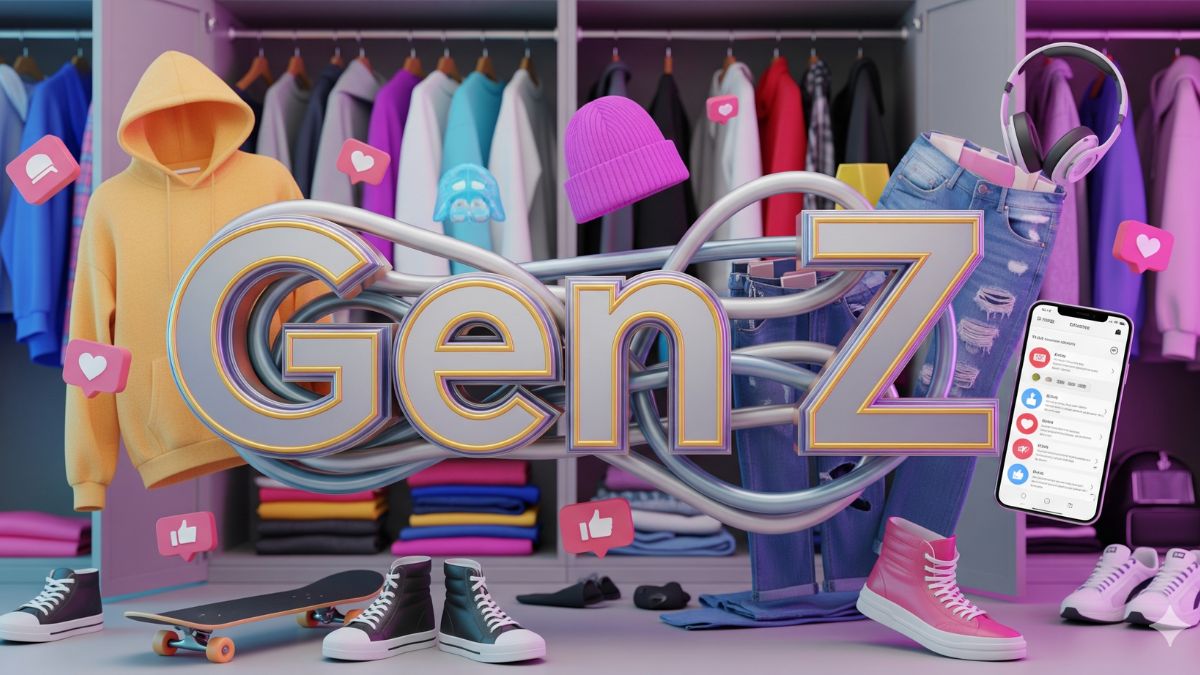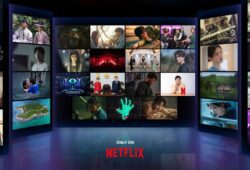
Artificial intelligence is no longer a future promise in the retail world: it is a tool that Generation Z uses and trusts to decide what to buy. According to Statista’s “Generation Z fashion worldwide” study, 50% of young people in the United States believe their algorithm knows them better than their own parents, and 49% say they trust it to show them the content and products they truly want.
READ ALSO. Generative AI in advertising: what do Gen Z and Millennials expect? This is how personalization impacts their spending
The data confirms that predictive marketing is not only accepted by this consumer segment but has become a central part of their fashion shopping experience.
READ ALSO. Gen Z don’t want wealth, they want well-being: these are their dreams for the future
Why does Generation Z trust algorithms so much?
Generation Z grew up in a digital environment where every click, search, or interaction leaves a trace that platforms use to refine recommendations. This constant exposure to personalized content has normalized the idea that an automated system can anticipate their tastes.
In fashion, this translates into product suggestions based on previous purchases, recent searches, styles liked by other users with similar profiles, or trends detected in real time on platforms such as TikTok and Instagram.
READ ALSO. Gen Z and fragile? These are the reasons companies don’t hire this generation
How does predictive marketing impact purchase decisions?
Predictive marketing allows brands to anticipate consumer desire, shortening the time between product discovery and purchase. According to Statista:
- 50% of Gen Z in the U.S. feel that the algorithm “knows them better than their family.”
- 49% trust that it will recommend products they truly want.
- 39% acknowledge that algorithms can also limit their vision by always showing the same type of options.
This last point is key: although the algorithm is a powerful tool for conversion, the risk of creating “style bubbles” forces brands to provide experiences that also include discovery and surprise.
READ ALSO. Gen Z don’t buy products, they buy causes: purpose-driven marketing or it’s not marketing
What role does personalization play in fashion for Gen Z?
Personalization is one of the factors that most influences a brand’s perceived value. For Generation Z, receiving recommendations that match their style is not only convenient but reinforces the feeling that the brand understands them.
Examples of personalization in fashion include:
- Suggestions of complete outfits from a single selected item.
- Launch notifications of collections aligned with previously purchased styles.
- Exclusive promotions based on browsing history.
What regional differences exist in the use of AI to buy fashion?
The Statista report reveals that the use of artificial intelligence tools for fashion shopping varies significantly by country:
- Spain leads in Europe with 51% of young people using AI to choose fashion.
- In Italy and Germany, the percentage is around 32%.
- In markets like the United States, interaction with algorithms is more integrated into social media and marketplaces than brand websites.
These differences show that the adoption of predictive marketing also depends on the digital maturity of the market and the technological integration of local brands.
What risks do young people perceive in algorithmic influence?
Although most trust algorithms, there is growing awareness of their limitations. 39% of Gen Z in the United States acknowledge that these recommendations may restrict their exposure to new styles or brands by keeping them within a narrow spectrum of options.
To counter this, some brands are incorporating “random discovery” features or capsule collections not based on previous data, aiming to break the repetitive pattern.
How can brands leverage predictive marketing without losing authenticity?
- Balance precision and discovery: combine personalized recommendations with unexpected suggestions.
- Give users control: allow customers to adjust their preferences and the intensity of personalization.
- Transparency in data use: explain how information is collected and used to improve the shopping experience.
- Integrate channels: apply predictive marketing across social media, e-commerce, and physical stores to create a continuous flow.
- Add human context: complement automatic suggestions with curation from fashion experts.
What opportunities does AI open up in the future of fashion?
The potential of predictive marketing goes beyond showing products:
- Trend forecasting: identifying emerging patterns before they go mainstream.
- Inventory optimization: reducing excess stock by anticipating demand.
- Immersive experiences: integrating recommendations into virtual fitting rooms or augmented reality.
Generation Z is willing to adopt these innovations as long as they feel they deliver real value and respect their privacy.
From “it knows me” to “it understands me”
Generation Z’s trust in algorithms shows that predictive marketing has gone from being a competitive advantage to becoming a requirement in fashion. However, the challenge for brands is not just to know the customer but to show that they understand their motivations and aspirations, maintaining a balance between personalization, discovery, and authenticity.










